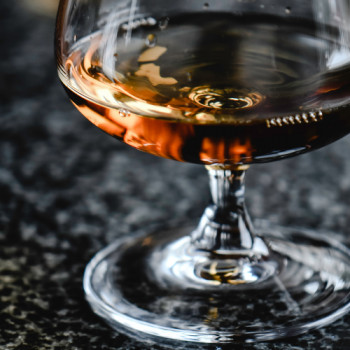ALCOHOLIC STRENGTH


Whisky is made up of water, flavor compounds, and alcohol, with ethanol being the primary alcohol that provides body and weight to enhance the drinking experience. However, alcohol does not contribute much to the flavor of whisky and only adds a hint of sweetness. The alcoholic strength (also called bottling strengths) of whisky does influence the impact of each flavor, and the range of discernible flavors in a whisky is influenced by different flavor compounds dissolving into the whisky at varying alcoholic strengths.
Alcoholic strength is a crucial factor in the flavor and experience of whisky. The EU minimum alcoholic strength is 40 percent ABV (alcohol by volume), and 43 percent ABV is a traditional strength for Scotch whisky in export markets. More recently, 46 percent ABV has become established as the lowest alcoholic strength for malt whisky without requiring chill filtering. These predetermined alcoholic strengths are achieved by diluting the whisky with water to reduce the alcoholic strength to the desired level. Alternatively, cask-strength whisky is bottled at the alcoholic strength it has reached in the cask.

Cask-strength whisky is favored by those who desire a more "natural" whisky-drinking experience. However, other styles of whisky are also perfectly natural and differ only in that they are diluted with water to reach predetermined alcoholic strengths. The alcoholic strength of a cask strength whisky depends on the length of aging and the environmental conditions in the aging warehouse. For example, in Scotland, cool and humid conditions result in a gradual decrease in alcoholic strength. New-make spirit filled into a cask at the usual alcoholic strength of 63.5 percent ABV can lose approximately 0.5 percent ABV per year.



The alcoholic strength of whisky is not the only factor influencing the experience of drinking whisky. The alcoholic strength at which it is served is also important. Adding water to whisky can help to determine which flavors appear on the palate. The amount of water added and the alcoholic strength of the whisky are key factors in determining the overall flavor profile.
In conclusion, alcohol plays a vital role in whisky by adding body and weight to enhance the drinking experience. Although alcohol does not contribute much to the flavor of whisky, it does intensify the impact of each flavor and influences the range of discernible flavors in a whisky. Bottling strength and serving strength are important factors in the flavor and experience of drinking whisky. Cask-strength whisky is favored by those who desire a more natural experience, while other styles of whisky are diluted with water to achieve predetermined alcoholic strengths.
Source: The Whisky Dictionary: an A-Z of Whisky, from history & heritage to-distilling & drinking












